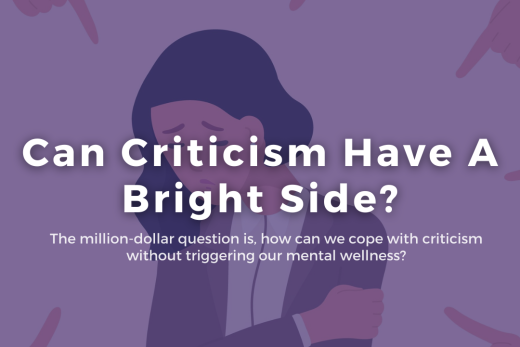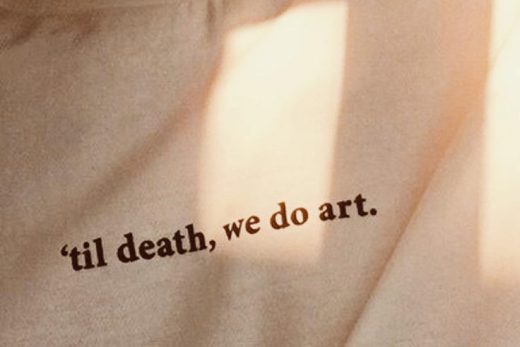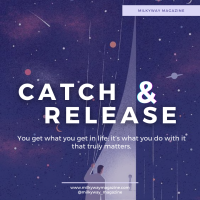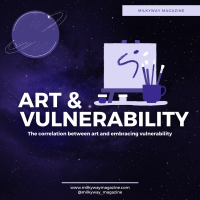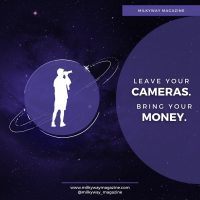
Writer: Hazem Ashraf
Editor: Ahmed Ashry
Art by Marc Erickson (1989)
To understand the tiny invisible thread that we -as humans- use to connect between art and science, we need to explore its roots.
Well, how could a scientific theory be established? It always starts with a question that mostly spins about “why” and “how”. Why do we fall downwards not upwards? Why does water rotate clockwise on falling in a sink? How could we see? How does time pass?
After determining the question, brainstorming appears on the stage, and there is no brainstorming without imagination!
That’s the point I’ll focus my article on; imagination is the common line that links art with science. When the human’s imagination leads a scientist to an idea and believes in it, s/he directly proves its availability using actual data.
Now, let’s take a look on how scientists, artists and writers dealt with that fact and how it shaped their works.
The Creation of Adam
Most of us saw Michelangelo’s famous painting on the ceiling of the Sistine Chapel. We won’t discuss religious beliefs, however, as you see it consists of two divisions: one that illustrates Adam and the other illustrates God. If you concentrate on God’s portrait, you’ll find that it resembles the human brain’s dissection!
Without a full dissection of the human body, Michelangelo wouldn’t have drawn the borders of this organ. Anatomy greatly prospered through the Renaissance, after the crucial contributions made by Muslim scientists as Ibn Sina, or (as known in the west) Avicenna, and Ibn al-Nafis, during the 11th and 13th centuries.
The human brain is a physical symbol that Michelangelo used to refer to God’s gift: the mind!
“Paradise Lost” by John Milton
There are countless works that put religious beliefs in a poetic frame: “The Epistle of Forgiveness” by Abu al-ʿAlaʾ al-Maʿarri and “The Divine Comedy” by Dante Alighieri, both of which discussed Afterlife matters through an imaginary journey.
In the case of “Paradise Lost” by John Milton, Milton describes the creation of Adam and Eve, their exile from the heaven of Eden, and the conflict with Satan in the form of an epical body that equate the grandeur of other epics like “The Iliad” and “The Odyssey”.
John Milton is an English poet who shared Galileo’s struggle with the Catholic church for his rejection of the Earth centralism, a theory first proposed by Aristotle and later accepted by the Catholic Church as it conforms with The Holy Bible. Galileo’s observations through his telescope proved the invalidity of Aristotle’s theory.
In memory of Galileo and his impressive role towards the truth, Milton indirectly mentioned him as “the Tuscan artist”. He called him an artist; is there any other proof that declares how both art and science are so connected!
Art, Science ,and Religion. Haven’t you noticed that religion was the third factor for every work we displayed? Science was getting liberated from religious authority by art!
Now who’s the cheater?
In the previous paragraphs, we presented art as a means of scientific reaction, science moves towards a certain topic, and art follows, but it need not be so.
There are lots of novels that predicted the future, and their visionaries were right about lots of tools and inventions found in the 21st century.
“Fahrenheit 451” by Ray Bradbury
“Fahrenheit 451” by Ray Bradbury is a dystopian science fiction novel that puts a distinctive perspective on the future. The novel showed prototypes of Bluetooth headsets and flat screen TVs, communication over distant locations – in other words, social networking platforms.
The novel was adopted several times. It was eventually adopted by HBO in 2018, producing a movie that is full of action and thrill. This novel is as influential as “1984” by George Orwell.
“Ralph 124C 41+” by Hugo Gernsback
“Ralph 124C 41+” was written by Hugo Gernsback in 1911. this novel includes a massive amount of inventions that we usually use in today’s life, including televisions, remote-controls, the videophone, solar energy, tape recorders, and spaceflight.
Our flight has ended, please fasten your belts for a safe landing onto a more realistic ground!



